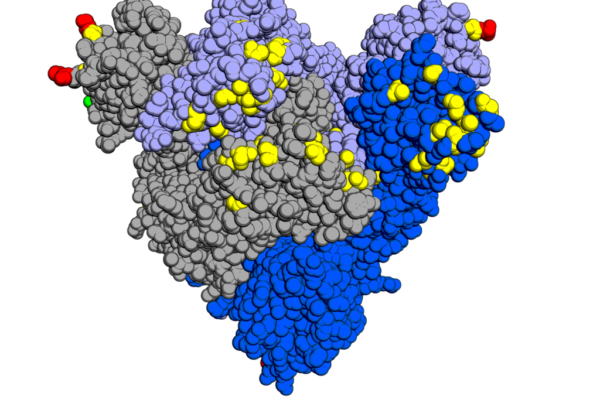Skye Howell grew up in Houston and remembers being taught Native American history through myths and stereotypes “that relegated us to the past.”
Today, Howell is the parent of a second-grader at Becker Elementary School in Austin and a board member of Great Promise for American Indians, a Texas nonprofit that works to preserve the traditions, heritage and culture of American Indians.
While Native American issues have long been explored through a white, European lens, Howell says today’s educators must do more to incorporate Native perspectives into their curriculum.
Howell spoke with Texas Standard about how school districts should approach Native issues moving forward. Listen to the interview above or read the transcript below.
This transcript has been edited lightly for clarity:
Texas Standard: Tell us a little bit about where you grew up and how Native American history was taught when you were a student.
Skye Howell: I actually grew up in Houston, in the northwest side of Houston. And it really perpetuated a lot of myths and stereotypes. We learned about Thanksgiving as this way of peace between the Native people and the pilgrims. And we know that is not actually the truth of the matter. There really was no specificity. It came down to just this pocket of time around this Thanksgiving time. There was no celebration or honoring of Native American Heritage Month. And again, just so many different myths and stereotypes that relegated us to the past.
Have you seen any changes in what’s being taught to your own son?
I have noticed from a young age that a lot of it is just the same. There’s a lack of awareness — even that Native American Heritage Month is something to celebrate and to honor. As far as Indigenous Peoples’ Week, a lot of people don’t even know that Gov. Abbott signed legislation in June that honors Indigenous Peoples’ Week. So I find the same thing happening throughout the [school] district, throughout [my son’s] educational process. We have to be really proactive as a family to even share resources, to even discuss these things and get ahead of it. And my son is now at a point, as a second-grader, where he’s facilitating class presentations about Native American Heritage Month. So that way, we can work to really get the history out there and to share the significance.
Why have you taken this on as a personal mission to push schools to revamp Native American history curricula?
For me and for our family, we’ve been putting together the missing pieces of our history and culture for a long time. My dad was removed from our Native family when he was only five years old, completely removed from the culture, traditions and language. And so we have spent a lot of time relearning that language, relearning the culture, and connecting with our Native community here. Our tribe is in the Great Lakes region, so we’re really far away. And so being a part of our Native community is just imperative to our well-being and our wholeness as people. Our Native students deserve that same representation. They need to be honored. Understanding who they are and understanding the contributions of Native people to our contemporary society. A lot of time that’s invisible.
And a lot of times that’s due to the way that we disaggregate data or don’t just aggregate data racially. We find that Native students are combined and lumped in whenever they’re biracial and multiracial, which is the case for my son and our family. And then [they] don’t get counted towards the actual numbers. In Austin ISD, it’s about 1% that’s counted, when in actuality, 8,000 students and families self-identify as Native American or Indigenous. That’s a lot. That’s more like 10% of the student population.
So it’s really important that we are honored and understand that our students are bilingual. We’re speaking our native languages. We’re reclaiming those and we’re trying to revitalize those so they don’t become extinct. There’s so many different issues that are tied into budgets and resources for students when we’re not counting our students as who they are.
What about suggestions for Texas teachers? What would you suggest would be a better approach when it comes to teaching about Native Americans in class?
I think there’s a lot of amazing resources. There’s a lot of Native authors, there’s a lot of Native educators that are creating curriculum. So looking for that source material and pushing your district to have a curriculum that does include Native voices, Native authors and is representative, because we’re out there. And there’s a lot of folks that are easy to find and it’s really easy to do. There’s a lot of amazing books that are available now that weren’t available before that are from that Native perspective.
Here are some educational resources for Native history and culture:
Indigenous Cultures Institute, educational resources highlighting cultures of Native Americans indigenous to Texas and Northern Mexico
Native-Land.ca, a digital mapping tool that allows visitors to explore Indigenous history based on their geographic location
Curriculum Resources for Native American Heritage Month from the National Education Association













